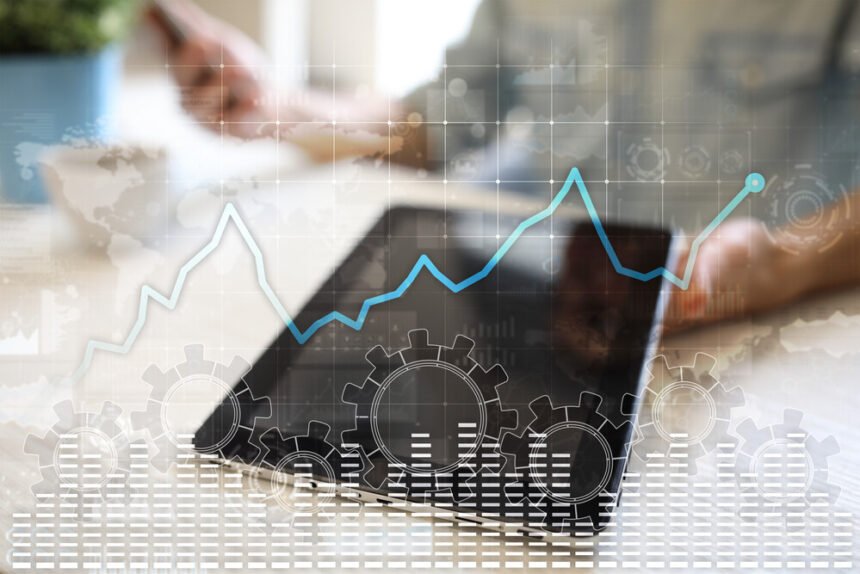Do you know that Warren buffet is worth 5 lakh crores? Contrary to all naysayers and skeptics, the best way to quickly earn huge amount of money is trading in stock markets among many others. This is apparent from the success and wealth of Warren Buffet, Peter Lynch, Benjamin Graham, Carl Icahn, Anthony Bolton, Rakesh Jhunjhunwala and many others. In a survey carried out by SquareOff, an algorithmic trading firm in India, Equity mutual funds have given appreciation of about 30 times on capital invested over the last 20 years. This is the return in spite of various eventualities like US Twin Tower attack, Ketan Parekh scam, Harshad Mehtha scam, Kargil war, 2008 Global recession, Political fallouts etc. Hence stock market is a good investment options in spite of the risks involved. With the boom of big data and its application on stock markets especially on algorithmic trading, investors are generating good returns. Recognizing such potential in big data field, Intellipaat is providing courses on big data and data science.
Investment banks use algorithmic trading which houses a complex mechanism to derive business investment decisions from insightful data. Algorithmic trading involves in using complex mathematics to derive buy and sell orders for derivatives, equities, foreign exchange rates and commodities at a very high speed. The core component in algorithmic trading systems is to estimate risk reward ratio for a potential trade and then triggering buy or sell action. Risk analysts help banks to get trading and implementation rules. Market risk is estimated by the variation in the value of assets in portfolio by risk analysts. The calculations involved to estimate risk factor for a portfolio is about billions.
Interrelation within market data
Gone are the days when investment research was done on day-to-day basis. Investment banks have increased risk evaluation from inter-day to intra-day. Now, the volatilities in market are more than ever. RBI interest rates, key governmental policies, news from SEBI, quarterly results, geo-political events and many other factors influence the market within seconds and hugely. When such a volatility happens it directly affects the value of the financial instruments. The portfolios are very large of these investment banks and often include many types of financial instruments. A bank may have portfolio on equities, options and futures. So, algorithmic trading is applied to all instruments in the bank.
Big data in intraday risk analytics
Considering an investment bank, Intraday risk analytics involves pricing the whole portfolio and estimating each of the financial instruments of each of customer of a particular of the bank. Just to get 100 intra-day scenarios for buying or selling an instrument, there has to about a million calculations. It has to be done so fast that trade actions should be generated in near real-time. Algorithmic trading is essentially this step wherein within a short time period the algo trading companies evaluate and generate the trade action.
The way such calculations can be done is with the use of large volume of highly paralellized computations. This is in turn possible with the use of GPUs (graphical processing units). Using a single GPU, within a second the companies are finding value in about 10 million scenarios intraday. Imagine what could be done when multiple cards are used parallelizing the entire calculations. The banks can do analysis on the entire portfolio within a few minutes. Banks are using risk predictive analysis to market their products as well. Consider a customer approaches bank for credit card. There will be use of risk management tools here.
Companies using algorithmic trading
Three prominent algorithmic trading and investment companies in India are Minance, SquareOff and ReturnWealth. Each company has its own set of features and unique approach to stock markets. Minance currently deals with option shorting across Nifty derivatives with various strike prices. They provide five different risk profiles numbered 1 to 5. 1 is least risky and 5 is the most risky. Minance currently manages funds over 250 crores and recently launched Bloom which is its equity product. Minance takes about 10% of the profits as performance fees. Minance doesn’t trade intraday.
SquareOff and Returnwealth do intraday trading which is riskier than what minance does. Both of them take 20% of the profits as performance fees. The difference is that SquareOff does a lot of intraday trading in various instruments whereas ReturnWealth only deals with Nifty Futures. Both had a drawdown in November 2016 losing investor money and their reputation.
The way ahead
Do you know that intraday trading by retail traders within shorter time like 0 -15 minutes has become very difficult? The reason is algorithmic trading used by companies immediately triggers a buy or sell order on positive instruments. Retail traders who are not allowed to use algorithmic trading in India are not that quick in their trade action. Algorithmic trading, will take trading and investing in stock markets to a whole new level. HNIs, Investment banks, hedge funds are using it to make big bucks in the stock markets. With big data capabilities growing by day, improvement in algorithmic trading is also sure to follow.

